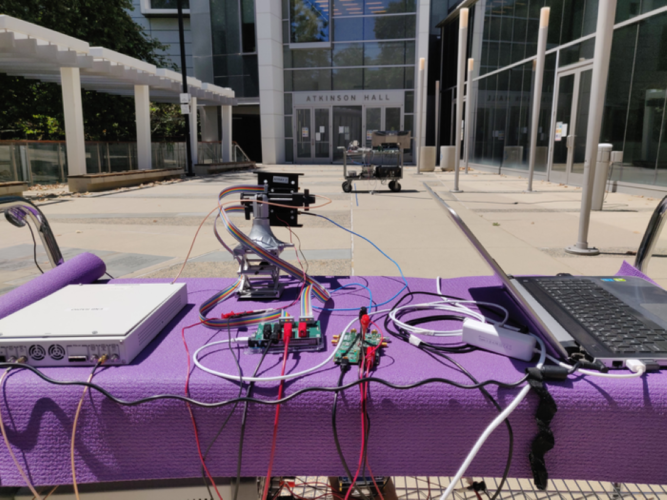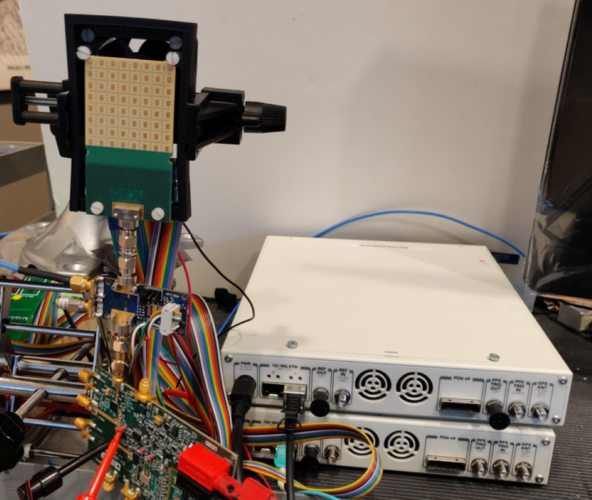
The team will present their work at the ACM SIGCOMM 2021 conference, which is taking place online from August 23 to 27, 2021.
High band 5G systems communicate data by sending one laser-like millimetre wave beam between a base station and a receiver, but the connection gets blocked if something or someone gets in the way of that beam’s path.
Exploring the art of the possible in the 5G factory of the future
How 5G will build a more resilient manufacturing industry
“Relying on a single beam creates a single point of failure,” said Dinesh Bharadia, a professor of electrical and computer engineering at the UC San Diego Jacobs School of Engineering, who is the senior author on the ACM SIGCOMM paper.
Bharadia and his team, who are part of the UC San Diego Center for Wireless Communications, split the one laser-like millimetre wave beam into multiple laser-like beams, and have each beam take a different path from the base station to the receiver. The idea is to improve the chances that at least one beam reaches the receiver when an obstacle is in the way.
The researchers created a system capable of doing this and tested it inside an office and outside a building on campus. According to UCSD, the system provided a high throughput connection (up to 800Mbps) with 100 per cent reliability. In outdoor tests, the system provided connectivity up to 80m away.
The researchers developed a set of new algorithms for their system. One algorithm first instructs the base station to split the beam into multiple paths. Some of these paths go directly from the base station and the receiver; and some paths take an indirect route, where the beams bounce off surfaces in the environment that reflect millimetre waves to get to the receiver. The algorithm then learns which are the best paths in the given environment. It then optimises the angle, phase and power of each beam so that when they arrive at the receiver, they combine to create a strong, high quality and high throughput signal.
“You would think that splitting the beam would reduce the throughput or quality of the signal,” Bharadia said in a statement. “But with the way that we’ve designed our algorithms, it turns out mathematically that our multi-beam system gives you a higher throughput while transmitting the same amount of power overall as a single-beam system.”

The other algorithm maintains the connection when a user moves around and when another user steps in the way. When these happen, the beams get misaligned. The algorithm is claimed to overcome this issue by continuously tracking the user’s movement and realigning all the beam parameters.
“You don’t need any new hardware to do this,” said Ish Jain, an electrical and computer engineering Ph.D. student in Bharadia’s lab and the first author of the paper. “Our algorithms are all compliant with current 5G protocols.”
The hardware consists of a small base station and receiver. The base station is equipped with a phased array that was developed in the lab of UC San Diego electrical and computer engineering professor Gabriel Rebeiz, who is an expert in phased arrays for 5G and 6G communications and is also a member of the university’s Center for Wireless Communications.
The team is now working on scaling their system to accommodate multiple users. More information can be found on the project’s website: https://wcsng.ucsd.edu/mmreliable/




Glasgow trial explores AR cues for autonomous road safety
They've ploughed into a few vulnerable road users in the past. Making that less likely will make it spectacularly easy to stop the traffic for...